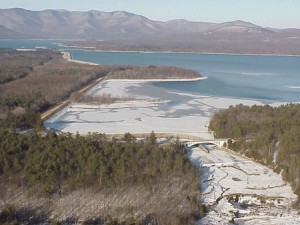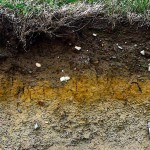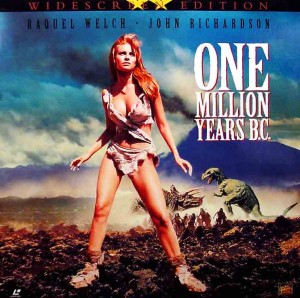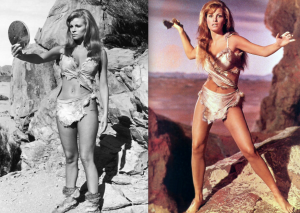The idiom entitling this post is the literal truth in the field of archaeology, and it perfectly articulates how worthless items from past societies can offer valuable information to today’s archeologists. When hearing the word artifact, items that immediately come to mind are golden idols and jewelry, pottery, and arrow heads. Though it is true that these items are all artifacts, they represent the stereotype that an artifact has to be something ancient, valuable, and either buried in the ground or hidden in a booby-trapped cave. There is also the misconception that the point of finding an artifact is to get money and put it in a museum. In reality, the point of finding an artifact is not the artifact itself, but what it can tell you about the culture it came from. When found in context, artifacts can relate important information especially about the date of a site. A variety of techniques can be used to determine an artifact’s relative date, for example radiocarbon dating. Also a set of artifacts can often be put into a chronological sequence based on their style and frequency. This technique can help archaeologists observe changes and patterns in human behavior over time. Artifacts are not necessarily ancient either; any item from any past time period can potentially be an artifact depending on what is being studied.
In class this past week my professor and a couple of classmates discussed surveying a site at the Ashokan Reservoir in the Catskill Mountains of New York. Though they did not dig at all, they found numerous artifacts on the site that provided a lot of information about the past people who had been there. Most of the so-called artifacts were just beer cans and old glass bottles.The general public would consider these items trash and probably not realize their archaeological relevance. However, this litter actually contained a lot of information about the past society of the site. The beer cans, due to the style of can and brand, made the site easily datable and provided insight into what kind of people were there.
The fact that so much can be learned from the discarded trash of the past is amazing. There are archeologists who focus solely on the study of landfills and garbage to discern the past. For example, archeologist William L. Rathje, once a professor at the University of Arizona, conducted a project beginning in 1973 known as the Garbage Project.
He studied the waste of residents of Tucson, Arizona in order to observe patterns in human consumption (Harrison). Items of garbage hold some of the most reliable information about what past cultures were really like. Sure a golden idol is pretty cool, but how much can that idol alone tell you about the daily life of a population? Think about all the litter seen every day and how much information it could relate to future generations. I am not in support of littering, but if you ever do litter and someone calls you out on it you can just tell them that you are actually providing future archaeologists with artifacts.







